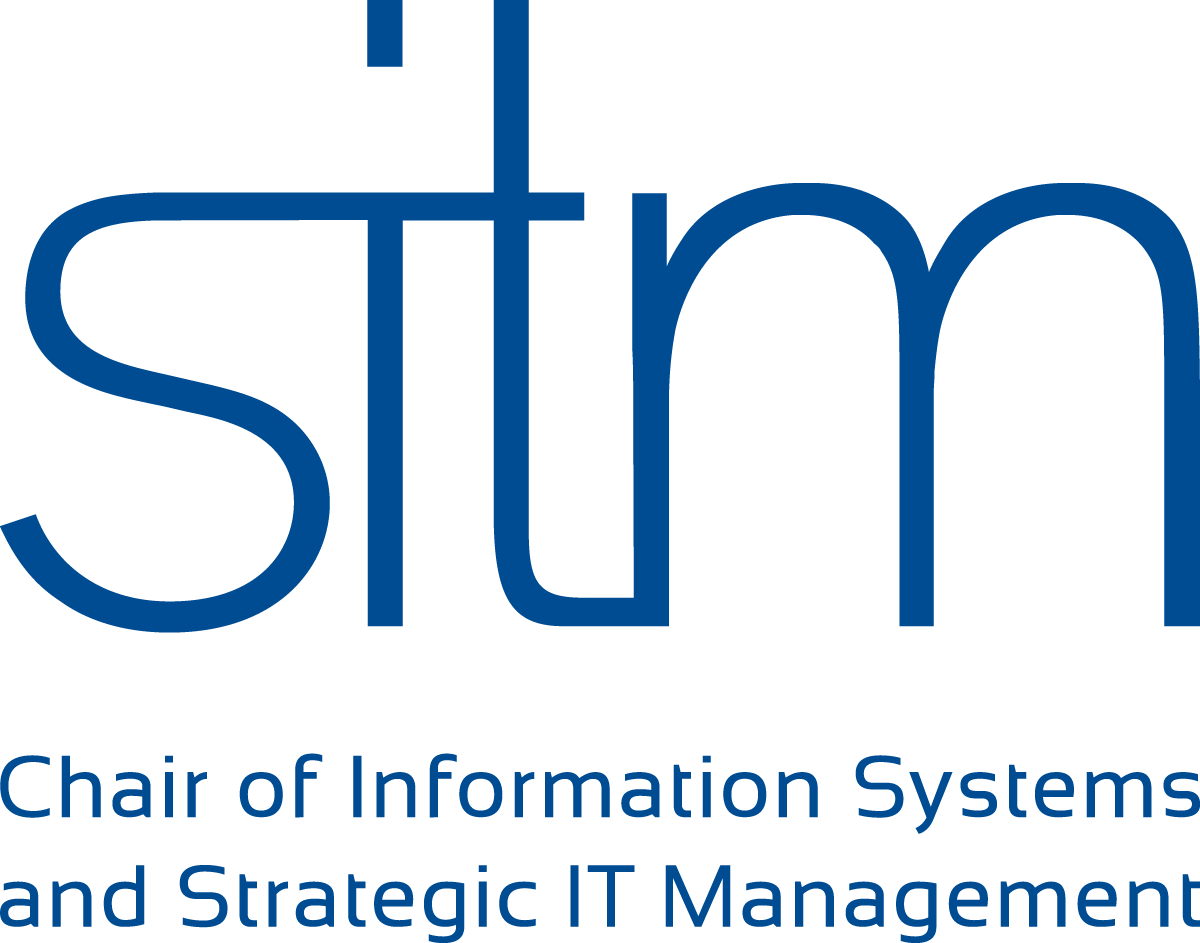Green IT and Green IS
Green IT and Green IS

“We all have a responsibility to mitigate global climate change and reduce emissions. Some of us, we believe, have a greater responsibility because of our particular societal roles and expertise. As professors and writers, we can influence many others. We are expected to educate and we should fulfill these expectations by introducing Green IS to future generations as soon as possible. We need to educate students who can apply the principles of energy informatics to optimize flow networks.” - Watson, Boudreau and Chen [1]
In modern Western societies, green not only denotes a color, but also the concern with or support for environmentalism. It has also been transferred to technological and socio-technological domains, in which green products characterize artifacts that “positively impact the environment” [2]. In the IS domain, Green IT was first used in 2007 in a managerial magazine before also being used in academic publications [3]. It has since and is still being used, with a variety of meanings, connotations and definitions, as well as varying scope. In the broadest perspective, it is used to describe the study of the utilization and optimization of technology’s energy efficiency [4] or the general movement of industries to achieving sustainability goals [5]. More specifically, Green IT describe “measures and initiatives which decrease the negative environmental impact of manufacturing, operations, and disposal of Information Technology (IT) equipment and infrastructure” [6].
In contemporary discussions, Green IT is a frequently used and media-friendly term to describe a broad field focused on reducing energy consumption and the waste produced through the manufacturing of hardware and software [7]. In academia, this term is frequently criticized as merely focusing on technological aspects and thus being far too narrow in its scope [1]. We consequently focus on the extensive, overarching concept of Green IS, which encompasses “practices which determine the investment in, deployment, use and management of Information Systems (IS) in order to minimize the negative environmental impact of IS, business operations, and IS-enabled products and services” [6].
Research and practice both highlight various Green IT and Green IS opportunities and benefits on individual organizational, societal, as well as environmental level [8-12]. For not-for profit organizations (e.g. University of Tokyo, Miami University), and profit-seeking organizations (e.g. Pricewaterhouse Coopers, Austin Energy) [13], the benefits include cost savings by avoiding pollution, value creation by developing greener products, and by pursuing nonmarket strategies by, for example, meeting government regulations [14, 15]. Furthermore, Green IS are conceptualized as a central success factor for smart cities and urban development by using technology to leverage sustainability and to improve the management of natural resources and related infrastructures [13, 16, 17].
Nevertheless, there are still gaps in our understanding of the motivational drivers [18], fundamental elements, and impacts of Green IT and Green IS initiatives [19]. Extended research may help policy and strategic decision makers to develop management practices and methods to address not only IT operations, but design and management of IS [3, 20, 21].
Preliminary research goals
To extend the contemporary discourse, we aim to:
- advance research on innovation adoption by focusing on themes of Green IT and Green IS,
- shed light on the “if” of Green IT and Green IS, since most research has to date focused on “how” to adopt Green IT and Green IS,
- further investigate the attributes and the structures of organizations and cities’ Green IT and Green IS initiatives, structures, and processes, And
- deepen our insights into the boundary conditions of Green IT and Green IS initiatives.
Duration
2017 – present (ongoing)
References
- Watson, R.T., Boudreau, M.-C., Chen, A.J.: Information systems and environmentally sustainable development: energy informatics and new directions for the IS community. MIS quarterly 23-38 (2010)
- Nishant, R., Teo, T., Goh, M.: Do Shareholders Value Green Information Technology Announcements? Journal of the Association for Information Systems 18, (2017)
- Sedera, D., Lokuge, S., Tushi, B., Tan, F.: Multi-disciplinary Green IT Archival Analysis: A Pathway for Future Studies. Communications of the Association for Information Systems 41, 674-733 (2017)
- Boudreau, M.-C., Chen, A., Huber, M.: Green IS: Building sustainable business practices. Information systems: A global text 1-17 (2008)
- Chou, D.C., Chen, H.-G.: Corporate Social Responsibility and Green IT: the Linkage and Case Analysis., pp. 203. (Year)
- Loeser, F.: Green IT and Green IS: Definition of constructs and overview of current practices. Americas Conference on Information Systems, Chicago, Illinois (2013)
- Jenkin, T.A., Webster, J., McShane, L.: An agenda for ‘Green’ information technology and systems research. Information and Organization 21, 17-40 (2011)
- Lunardi, G.L., Dolci, D.B., Salles, A.C., Alves, A.P.F.: Green IT: an Empirical Study regarding Organizational Actions and Impacts on Environmental Performance., pp. 35. (Year)
- Simmonds, D.M., Bhattacherjee, A.: Smart Systems, Smarter Living: An Empirical Study of the Building Automation System in Organizations. (2015)
- Molla, A., Abareshi, A., Cooper, V.: Green IT beliefs and pro-environmental IT practices among IT professionals. Information Technology & People 27, 129-154 (2014)
- Karanasios, S., Cooper, V., Deng, H., Molla, A., Pittayachawan, S.: Antecedents to greening data centres: A conceptual framework and exploratory case study. In: 21st Australasian Conference on Information Systems (ACIS 2010). (Year)
- Wang, X., Brooks, S., Sarker, S.: Understanding Green IS Initiatives: A Multi-theoretical Framework. CAIS 37, 32 (2015)
- Iacobelli, L.B., Olson, R.A., Merhout, J.W.: Green/Sustainable IT/IS: Concepts and Cases. In: AMCIS, pp. 104. (Year)
- Delmas, M., Hoffmann, V.H., Kuss, M.: Under the tip of the iceberg: Absorptive capacity, environmental strategy, and competitive advantage. Business & Society 50, 116-154 (2011)
- Hart, S.L.: A Natural-Resource-Based View of the Firm. The Academy of Management Review 20, 986 (1995)
- Chourabi, H., Nam, T., Walker, S., Gil-Garcia, J.R., Mellouli, S., Nahon, K., Pardo, T.A., Scholl, H.J.: Understanding smart cities: An integrative framework. In: System Science (HICSS), 2012 45th Hawaii International Conference on, pp. 2289-2297. IEEE, (Year)
- Nfuka, E.N., Rusu, L.: Critical Success Factors for Effective IT Governance in the Public Sector Organizations in a Developing Country: The Case of Tanzania. In: ECIS, pp. 128. (Year)
- Brooks, S., Wang, X., Sarker, S.: Unpacking green IT: A review of the existing literature. (2010)
- Gholami, R., Helfert, M.: A Design Science Approach for Engaging Managers of Small and Medium Sized Enterprises (SMEs) into'IT for green'. In: CONF-IRM, pp. 25. (Year)
- Schiller, S.Z., Merhout, J., Sandlin, R.: Enterprise IT Asset Disposition: An Overview and Tutorial. Journal of the Midwest Association for Information Systems 2016, 27 (2016)
- Molla, A.: GITAM: A Model for the Adoption of Green IT. In: 19th Australasian Conference on Information Systems, pp. 64.

